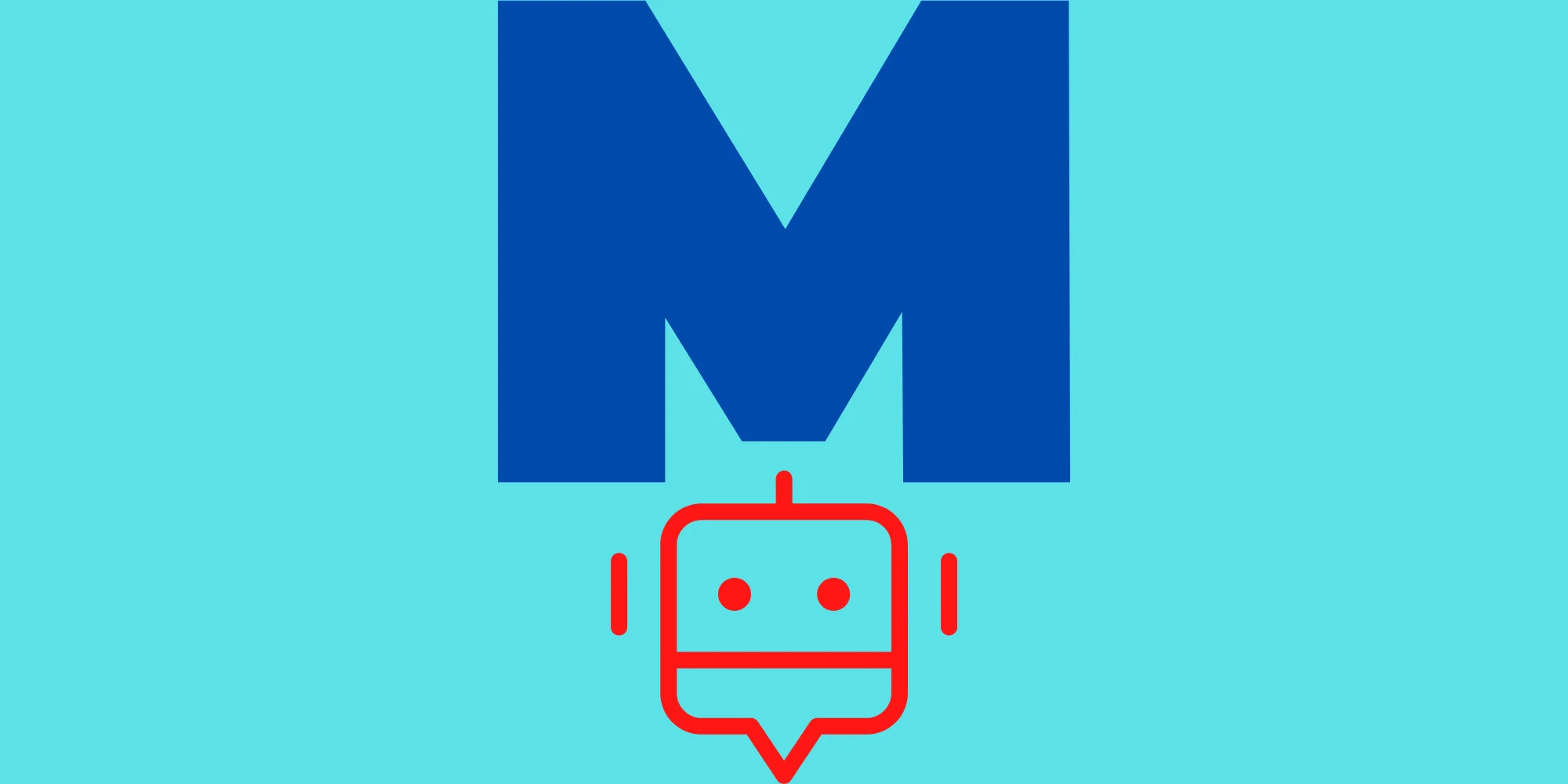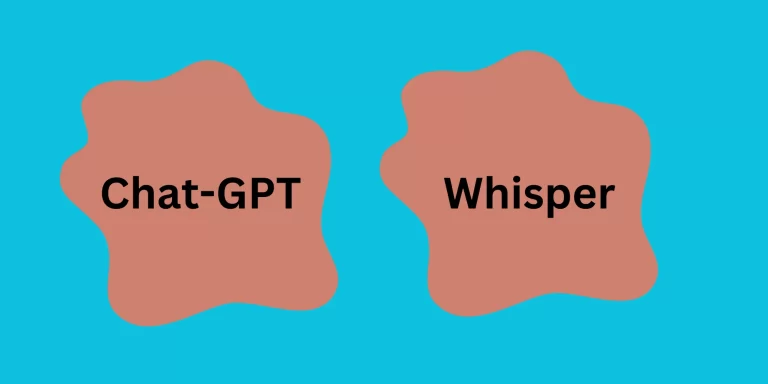Bing, the popular search engine owned by Microsoft, has announced a major revamp of its crawl system to enhance efficiency and improve the accuracy of its search results.
The updated crawl system will allow Bing to index the web and gather information about websites, including metadata, images, and videos. This will result in improved accuracy and relevancy of search results, as well as faster indexing of newly published web pages.
Before this scheduling, webmasters kept the date of generation in XML sitemaps rather than the date of modification. For this, Bing has issued a statement:
“Note that the date must be set to the date the linked page was last modified, not when the sitemap is generated.”
The code appears like this:
<?xml version=”1.0″ encoding=”UTF-8″?>
<urlset xmlns=”http://www.sitemaps.org/schemas/sitemap/0.9″>
<url>
<loc>http://www.xyz.com/</loc>
<lastmod>2023-01-23</lastmod>
</url>
One of the key changes in the updated crawl system is the use of machine learning algorithms to prioritize and schedule crawl requests.
This means that the most important pages will be crawled more frequently, ensuring that Bing has the most up-to-date information about these sites.
The new crawl system also uses advanced compression techniques to reduce the amount of data that needs to be transferred, further improving efficiency.
In addition to these technical improvements, Bing has also made changes to the way it interacts with website owners and webmasters. Bing’s Webmaster Tools now provide a wealth of information about the crawl process, including the status of crawl requests and any issues that have been detected.
This will allow website owners to more easily monitor their site’s presence on Bing and make any necessary changes to ensure that their content is properly indexed.
The revamp of Bing’s crawl system is part of the company’s ongoing effort to provide users with the best possible search experience.
With the improved efficiency and accuracy of the crawl system, users can expect to find more relevant and up-to-date results when using Bing for their search needs.
How to set it?
Bing suggests that to indicate the last modification date of a page in your sitemap, you will need to include the “lastmod” tag within the <url> tag for each page you wish to include.
The date should be formatted in accordance with the W3C DateTime standard, which commonly uses either YYYY-MM-DD (e.g. 2022-12-28) or YYYY-MM-DDThh:mm:ssTZD (e.g. 2022-12-19T17:15:30+01:00). The “lastmod” tag should be set to the date the page was last modified.
To ensure search engines understand the frequency of updates on your pages, it’s essential to update the “lastmod” tag regularly. To achieve this, generating your sitemaps at least once a day is recommended.
Conclusion
Bing’s revamp of its crawl system is a significant step forward for the search engine and is likely to result in improved search results for users.
Using machine learning algorithms and advanced compression techniques, combined with better communication with website owners, will make the crawl process more efficient and effective, leading to a better overall search experience for users.






